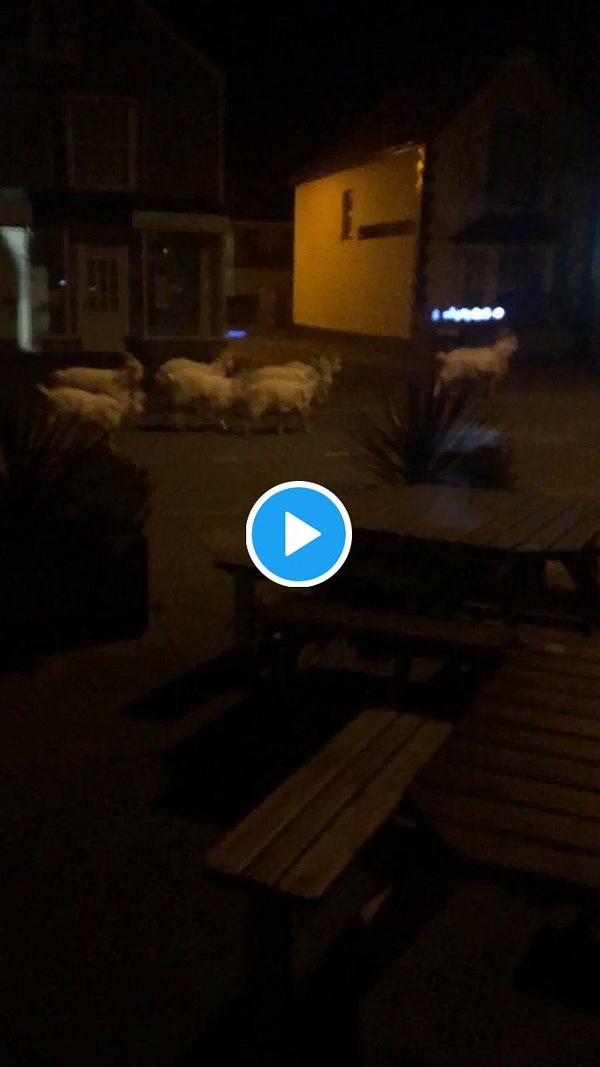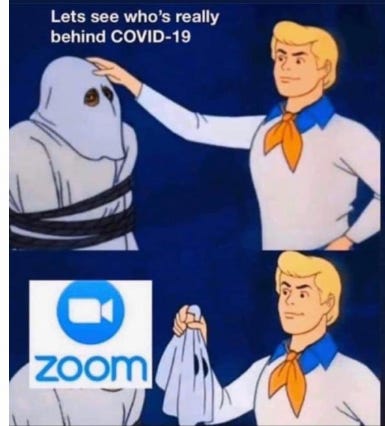Remember Parasite, the movie? Yes, the same one that adjudged as the Best Picture at the Oscars. Shockingly, it appears that this event happened in 2020.
The world has changed dramatically since the ancient era of February 2020.
For example, it rapidly shut down within 3 weeks.


While the US labor market continues to predict armageddon.

A key highlight of the Great Cessation (the most likely moniker for the current downturn) is that it is the first economic downturn of a widespread socially networked and big data era. This has led to some fascinating real-time insights and visualizations.
I want to dedicate the newsletter today to some of these interesting charts.
Save the economy or save lives
Does the shutdown cause more damage to the lives of people than Coronavirus? A few think so.

Making the argument for the economy, many countries and cities were slower to act. What happened to them?
CityMapper released an interesting tool that tracks the current percentage of city mobility compared to the long-run average (100% on the x-axis denotes no change in movement in the city)
I compared Seoul – widely lauded for its efforts for COVID-19 containment, with New York City (NYC), which is the current epicentre of the pandemic. It returned interesting results.

It seems like while in Seoul there seems to be a lower equilibrium of consistent movement; NYC, which was late to the shutdown, has had to completely stutter its economy.
To put this into perspective, Seoul has a larger population than NYC (10M vs 8.5M), yet the total cases in South Korea are less than 11,000 and deaths fewer than 200. NYC currently has 140,000 cases with 4,000 dead. It’s grim and going to get worse.
A quicker lockdown helps save lives and the economy.
The beauty of history is that it repeats itself. The influenza of 1918, ‘Spanish flu’, gives us data to study the impact of disease containment on subsequent economic growth.
On a side note, how it came to be known as the Spanish flu is in itself interesting. While the origins of the flu in 1917 in the midst of the First World War are unclear, it was certainly not Spain. The press in the UK and the US censored their media on covering the flu to keep the morale of their troops high. Spain was not a participant in the war and had no media censorship. It’s press covered it freely. The messenger was shot and it was dubbed as the ‘Spanish flu’. Move to 2020. China after suppressing the initial reporting of COVID-19 tried to pin the origin of the virus on the US. Talk about history repeating…
Coming back to economics. This instructive analysis compared the response of cities in the US to the 1918 influenza and the economic growth in subsequent years. This is what they found

A beautiful linear relationship.
Harsher the intervention to control the disease, stronger was the economic growth in subsequent years. Why? To put it simply, if the disease is not contained and mass deaths occur, there is no economy left to grow.
What are people up to?
Life has changed for people in the shutdown. Some are calling the police on goats.


But apart from that, staying at home has led to a change in general behaviour. Availability of data gives us some interesting trends.
I have collated data from Yelp (which measured consumer interest through business page interactions), this Public Tableu page and GLIMPSE which tracks the 30-day change in interest in a topic on the internet. The charts are not comparable to each other, so treat it as a marker for consumer sentiment alone.
First the obvious, let’s start with food.
Delivery and take-out focused restaurants (Off Prem) have fared better than the restaurants that till last month focused more on dine-in.

Similarly, local grocery stores and community-supported agriculture are gaining share of food businesses indicating that the talk of imminent and overwhelming customer shift to online groceries might be overdone.


Let’s look at hobbies.
As people get free, they are looking for ways to occupy their time. Interest in home-exercising seems to have increased.

Some could be dusting off and bringing out their Ukeleles from closets.

Moving to appearance.
With many under complete lockdown, eyeliners are experiencing diminishing interest. Applying them is not seen to be critical at this point.

People are also taking their looks into their own hands (literally). If the lockdown continues, prepare for Zoom calls with colleagues with uneven haircuts.

Moving to household and personal items.
There is lower interest in surveillance tech for homes. You can now surveil your homes while sitting on your couch.

There seemed to be a concern around toilet papers and an increased interest in bidets. But the supply chain of toilet paper seems to be getting solved.

But why are people not taking oral hygiene seriously? No one knows

And, uh…Coronababies?

In other news
Is the COVID-19 outbreak a black swan event?
A black swan is an unpredictable event that is beyond what is normally expected of a situation and has potentially severe consequences. Black swan events are characterized by their extreme rarity, their severe impact, and the widespread insistence they were obvious in hindsight.
Nassim Nicholas Taleb who popularized this term in 2007 right before the financial crash, is in the spotlight again. Pundits and news anchors are routinely referring to the current outbreak as a ‘Black Swan’ event.
Except, it seems like Taleb himself gets annoyed when the current situation is referred to as a Black Swan. According to him, it is a white swan. We should have listened to experts and seen it coming. Ouch.
Zooming ahead
Zoom released its latest user numbers. They have surged 20x from 10 million to 200 million in the last 3 months. Guess they are not complaining about this shutdown.

That is all for the current edition. If you like it, earn good karma by sharing it with others who might like it too. Feel free to send suggestions on twitter at @romit_ud or at romitnewsletter@gmail.com. Stay safe!



